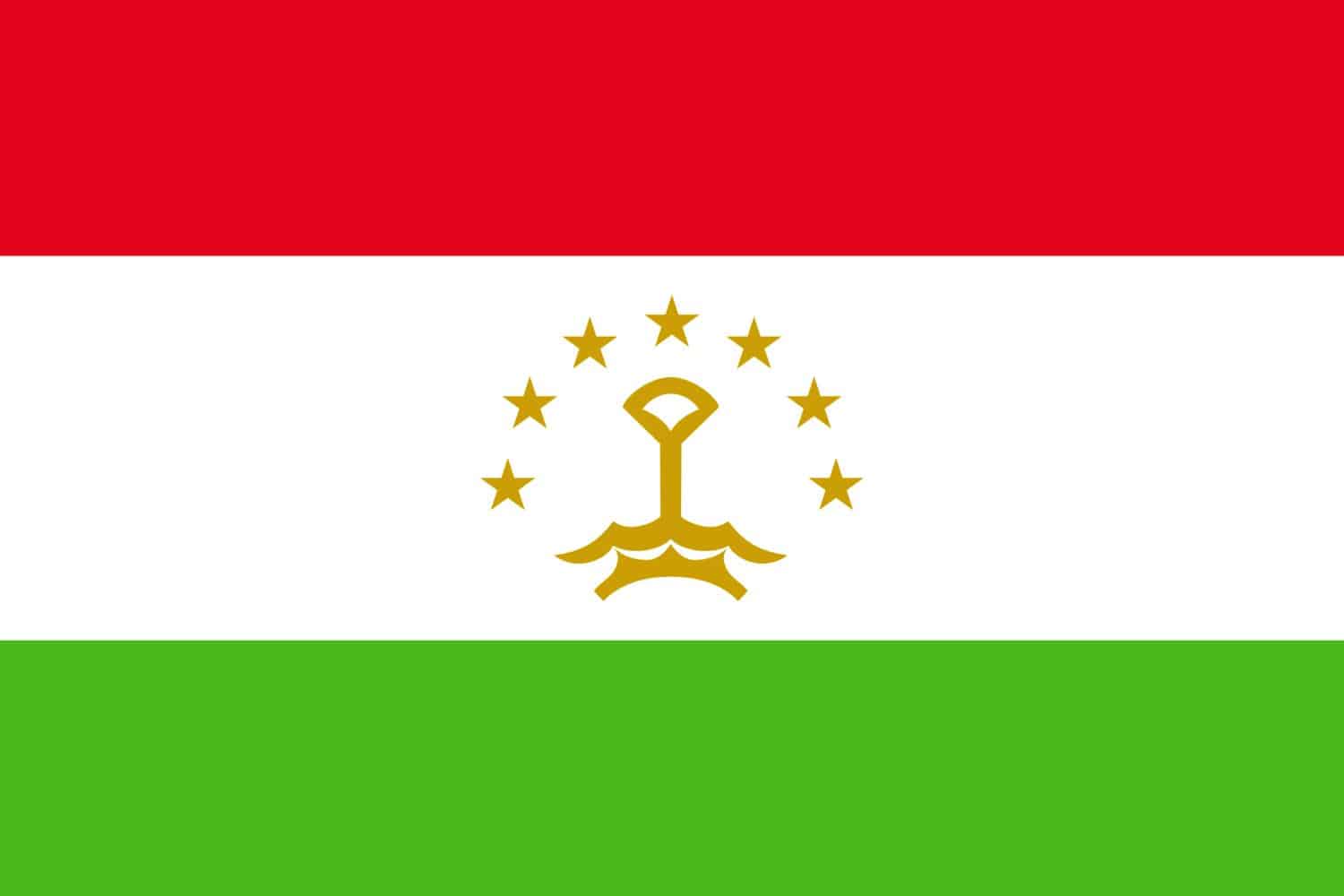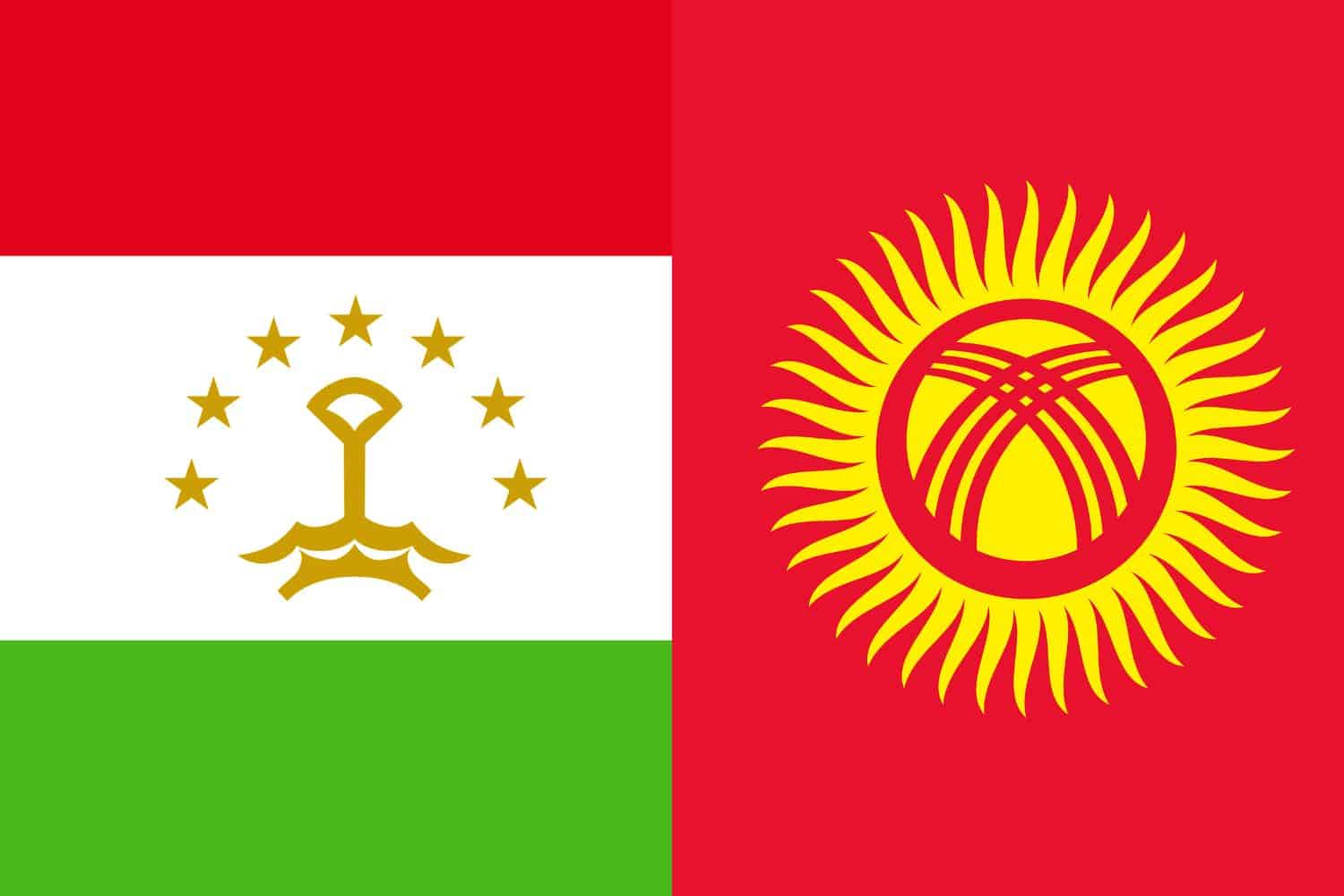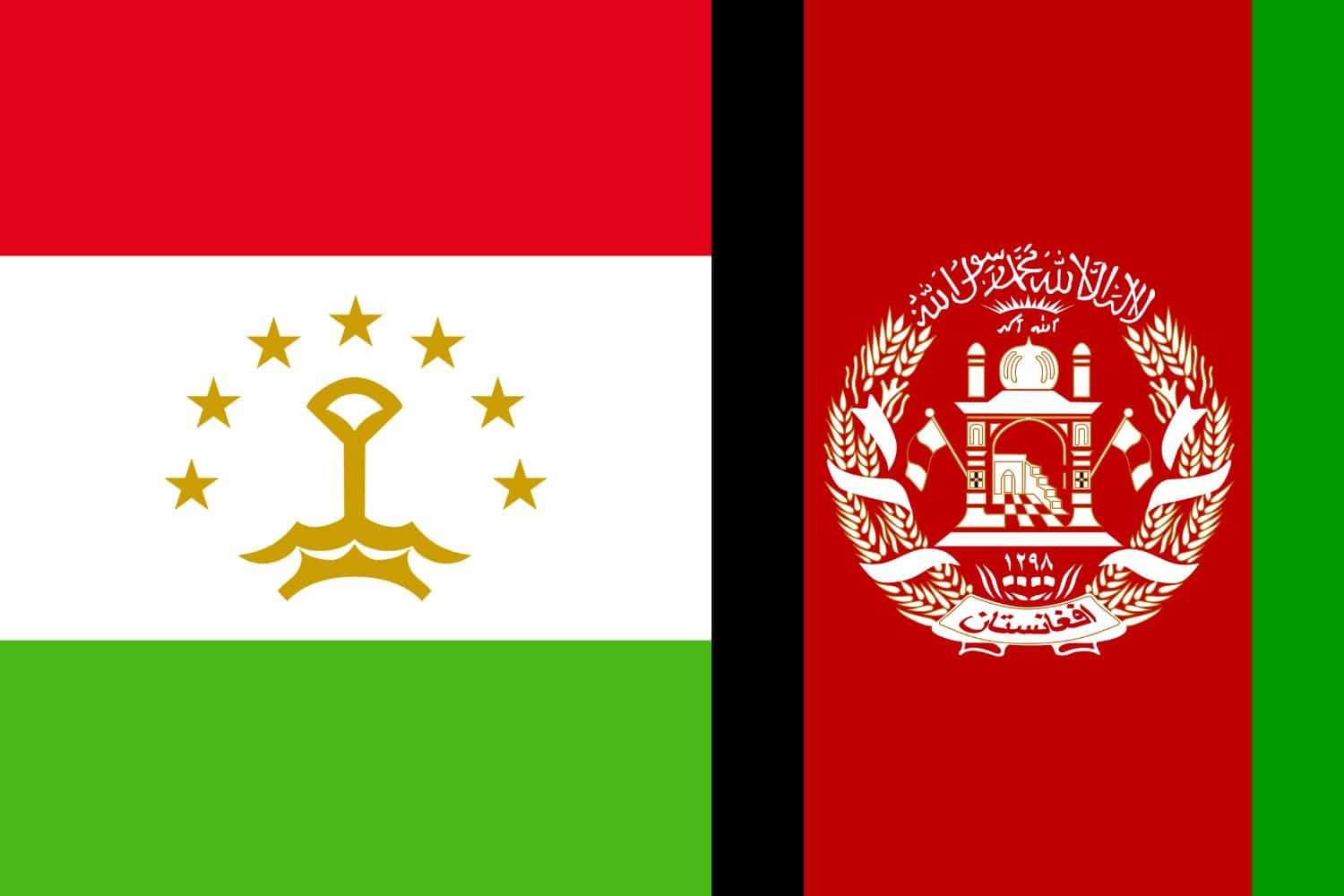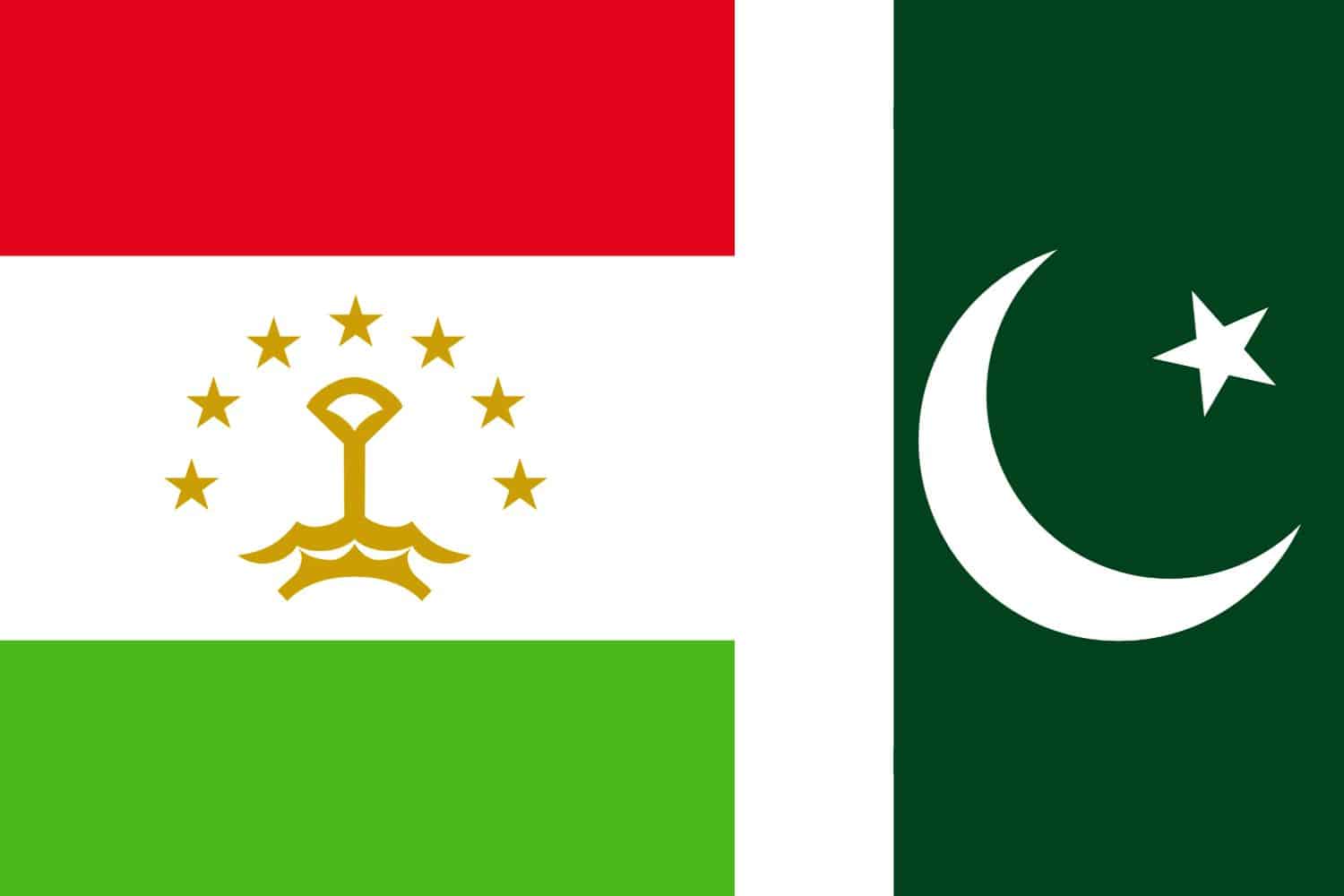Table of Contents
The Tajikistani flag, also known as the flag of Tajikistan, holds a significant place in the nation’s history and culture. With its vibrant colors and meaningful symbolism, it represents the Tajik identity and heritage. In this article, we will delve into the intriguing aspects of the Tajikistan flag, its design, historical background, and the symbolism behind its elements.
The Tajikistan flag features three horizontal stripes, with white in the center between a wider upper red stripe and a lower green stripe. Each color on the flag has its own symbolic meaning that resonates with the nation’s cultural and historical roots.
Tajikistan Flag: Colors and Symbolism
- The flag of Tajikistan features three horizontal stripes, with white in the center between a wider upper red stripe and a lower green stripe.
- The red color symbolizes bravery, valor, and the sacrifices made by the Tajik people.
- The white stripe represents purity, the snowy peaks of the mountains, and the unity among the Tajik people.
- The green stripe denotes the fertile valleys, nature, and the agricultural heritage of Tajikistan.
- The flag’s design reflects the nation’s aspirations, cultural heritage, and unity among the Tajik people.
Flag of Tajikistan

The flag stands as a powerful symbol that encapsulates the cultural significance and spirit of the nation. Its design consists of a horizontal tricolor of white, red, and green. The white stripe represents the purity and loftiness of the state; the red stripe symbolizes the unity of the society and the victories of statehood; while the green stripe reflects the nature of Tajikistan and the vivacity of life. The center of the flag showcases a golden crown and an arc of seven stars, representing the sun, light, and the unity of Tajikistan.
The history of the flag is intertwined with Tajikistan’s rich heritage and struggle for independence. Adopted on November 24, 1992, the flag represents the unity and aspirations of the Tajik people.
Beyond its aesthetics, the flag from Tajikistan carries deep symbolic meanings. The colors reflect the values and aspirations of the Tajik people, symbolizing purity, unity, and the vitality of nature. The crown and arc of stars serve as emblematic symbols of the nation’s sovereignty, unity, and bright future. It embodies Tajikistan’s cultural heritage and serves as a reminder of the nation’s resilience and unity.
National Flag Etiquette and Protocol

Respecting the proper usage and display of the Tajik flag is of utmost importance. Understanding flag etiquette is essential, especially during national events and ceremonies. Learn about the protocols governing the handling, hoisting, and lowering of the flag. Discover the appropriate procedures for retiring or handling damaged flags, ensuring they are accorded the respect they deserve.
- Proper Handling: The Tajik flag should be handled with care and respect, ensuring it is not allowed to touch the ground or floor. It should be held upright and not dragged.
- Hoisting and Lowering: When hoisting the flag, it should be raised briskly and lowered ceremoniously. It is customary to hoist the flag at sunrise and lower it at sunset, although this may vary depending on the occasion or specific guidelines.
- Displaying the Flag: The Tajik flag should be displayed with a white stripe on top, followed by red, and then green. The crown and arc of stars should be centered. It should be flown freely and not entangled or obstructed.
- Half-Staff: Lowering the flag to half-staff is a gesture of mourning or respect. This should be done on specific days of remembrance or when directed by authorities to honor national tragedies or the passing of significant figures.
- Flag Retirement: When a Tajik flag becomes damaged, torn, or worn out, it should be retired in a dignified manner. This can involve burning it in a respectful and solemn ceremony, following appropriate guidelines and local regulations.
- Flag Size and Placement: The size of the Tajik flag displayed should be proportionate to the size of the flagpole or display area. It is recommended to consult local guidelines or authorities for specific rules regarding flag size and placement.
- Respectful Disposal: If a flag cannot be retired through burning, it should be disposed of in a respectful manner. This can involve burying it or handing it over to authorized organizations that specialize in flag disposal.
Interesting Facts and Trivia

Embark on a journey of fascinating facts and lesser-known trivia about the Tajikistani flag. Discover unique features within the flag’s design that hold hidden symbolism. Uncover stories of famous incidents or events involving the flag that have left an indelible mark on the nation’s history and identity.
Rich Tapestry of History
- 1992: The current flag of Tajikistan was adopted on November 24, symbolizing the unity and aspirations of the Tajikistani people.
- Colors and Symbolism: The colors of the flag represent the nation’s rich cultural and natural attributes, imbued with meaning and significance that resonate with the people of Tajikistan.
- National Identity: The flag embodies Tajikistan’s rich history, cultural heritage, and the nation’s ongoing pursuit of unity, prosperity, and renewal.
These historical facts highlight significant moments in the history of the Tajikistani flag, showcasing its role in shaping Tajikistan’s national identity and symbolizing its struggles and aspirations throughout the years.
Flag-Related Symbols and Emblems
A flag is not alone in representing the nation’s identity. Explore additional national symbols and emblems closely associated with Tajikistan, understanding their significance and how they relate to the flag. Delve into their historical and cultural roots, further enriching your understanding of Tajikistan’s heritage. It’s easy to travel and take a Tajikistan tour to visit the country’s best destinations.
Symbolisms of the Tajikistan Flag
The flag of Tajikistan holds several symbolic elements that represent the nation’s history, values, and aspirations. Here are the symbolisms of the Tajikistan flag presented in itemized form:
- Colors: The colors in the flag represent the nation’s unique attributes and traditions, each color holding a specific meaning that resonates with the people of Tajikistan.
- Flag’s Design: Reflects Tajikistan’s aspirations, cultural heritage, and unity among the Tajikistani people.
- National Identity: The flag serves as a powerful symbol that unifies the Tajikistani people, reminding them of their shared heritage and cultural identity.
- National Aspirations: Through its design and elements, the flag embodies the aspirations and values of the Tajikistani nation, including its unique traditions and shared goals.
These symbolisms in the flag contribute to the country’s sense of identity and pride, reflecting its historical journey and cultural significance.
Flags of Similar Countries or Regions
Examining the flags of neighboring countries or regions to Tajikistan can provide intriguing insights. Compare and contrast the flags, exploring similarities in design, colors, or symbolism. Uncover historical and cultural connections between flags, shedding light on shared influences or distinctive identities.
Tajikistan Flag vs Kyrgyzstan Flag

Similarity: Both flags feature a shade of red.
Difference: The Kyrgyzstan flag includes a yellow sun with 40 rays and a stylized eagle in the center.
Tajikistan Flag vs Uzbekistan Flag

Similarity: Both flags have horizontal stripes.
Difference: The Uzbekistan flag has blue, white, and green stripes with a crescent moon and twelve stars in the top stripe.
Tajikistan Flag vs Afghanistan Flag

Similarity: Both flags feature three vertical stripes.
Difference: The Afghanistan flag has a black, red, and green stripe from the hoist side and an emblem in the center.
Tajikistan Flag vs China Flag

Similarity: Both flags have a dominant red color.
Difference: The Chinese flag includes five golden stars in the top-left corner, with one large star surrounded by four smaller stars.
Tajikistan Flag vs Pakistan Flag

Similarity: Both flags have a green field.
Difference: The Pakistani flag includes a white vertical stripe on the hoist side and a white crescent moon and star.
Frequently Asked Questions (FAQs)
Discover answers to common questions related to the Tajikistan flag picture. From its historical origins to the symbolism behind its elements, find concise and informative responses that address inquiries commonly posed by those curious about Tajikistan’s flag.
When was the Tajikistan flag officially adopted?
The Tajikistan flag was officially adopted on November 24, 1992.
What do the colors on the Tajikistan flag represent?
The white stripe symbolizes purity and cotton, the green symbolizes agriculture and the fertile valleys, and the red represents unity and the sacrifice of those who fought for independence.
What is the significance of the crown and seven stars on the flag?
The crown symbolizes the Tajik people, and the seven stars represent happiness and the unity of Tajikistan.
How many colors are present in the Tajikistan flag?
The Tajikistan flag features three colors: white, green, and red.
Is the Tajikistan flag similar to any other country’s flag?
While it has its unique design, its color scheme might remind some of flags like Hungary or Bulgaria, but the symbolism, pattern, and elements like the crown and stars are distinct to Tajikistan.
What are the proportions of the Tajikistan flag?
The flag has a proportion of 1:2, meaning it’s twice as long as it is tall.
Has the design of the Tajikistan flag changed since the country gained independence?
No, the flag design has remained consistent since Tajikistan gained its independence from the Soviet Union in 1991 and adopted its current flag in 1992.
Is it true that the crown in the flag symbolizes the Persian word for “Tajik”?
Yes, the crown, called “korun”, is a representation of the word “Taj”, which is a part of the word “Tajik”.
How should the flag be displayed on national holidays?
The flag should be displayed with respect and prominence on national holidays, and, like many flags, it should not touch the ground or be displayed in a faded or damaged condition.
Can the flag be used for commercial purposes?
Typically, flags are treated with respect and reverence as national symbols. For commercial purposes, it’s crucial to obtain proper permissions and ensure that the flag’s image is not used inappropriately or disrespectfully.
More About Tajikistan
[the-post-grid id=”50430″ title=”Tajikistan Main page”]
